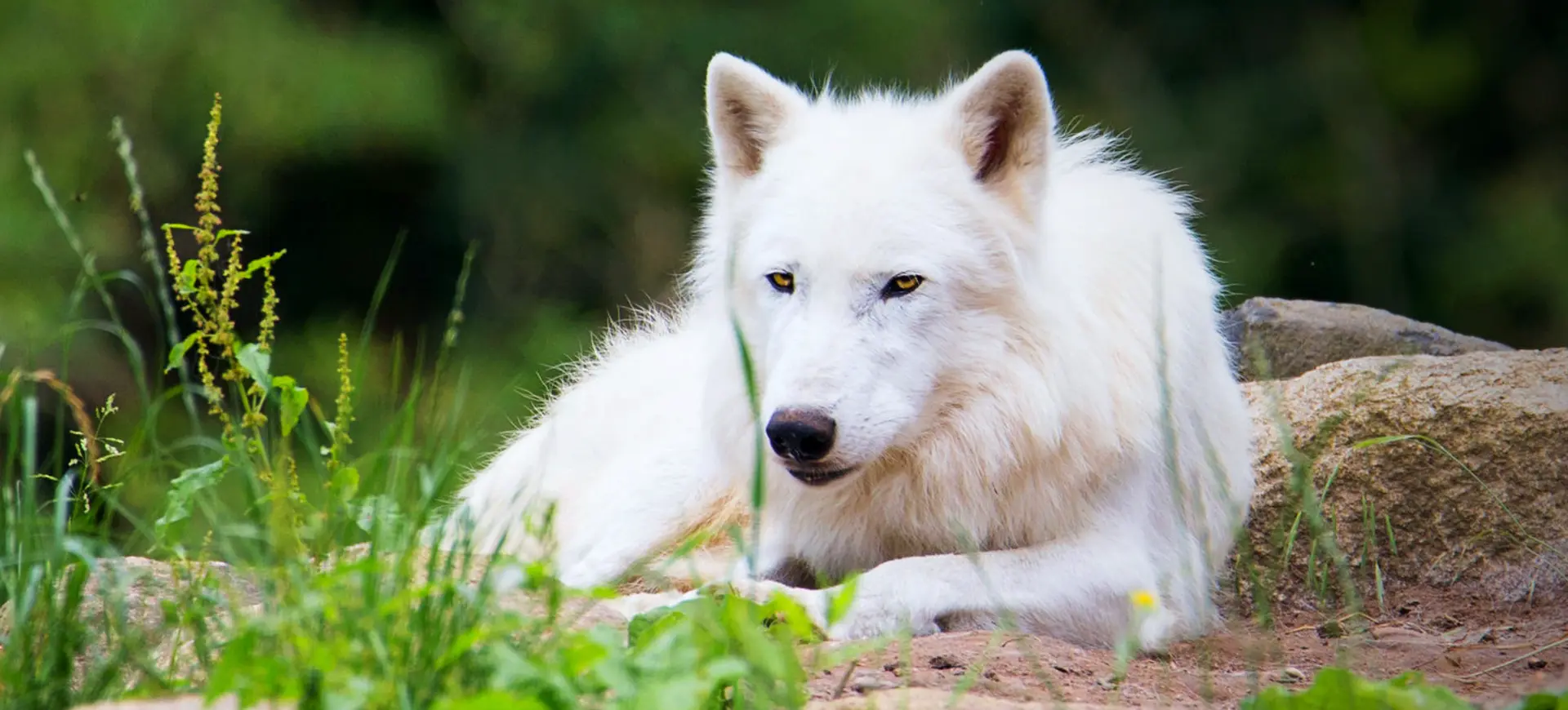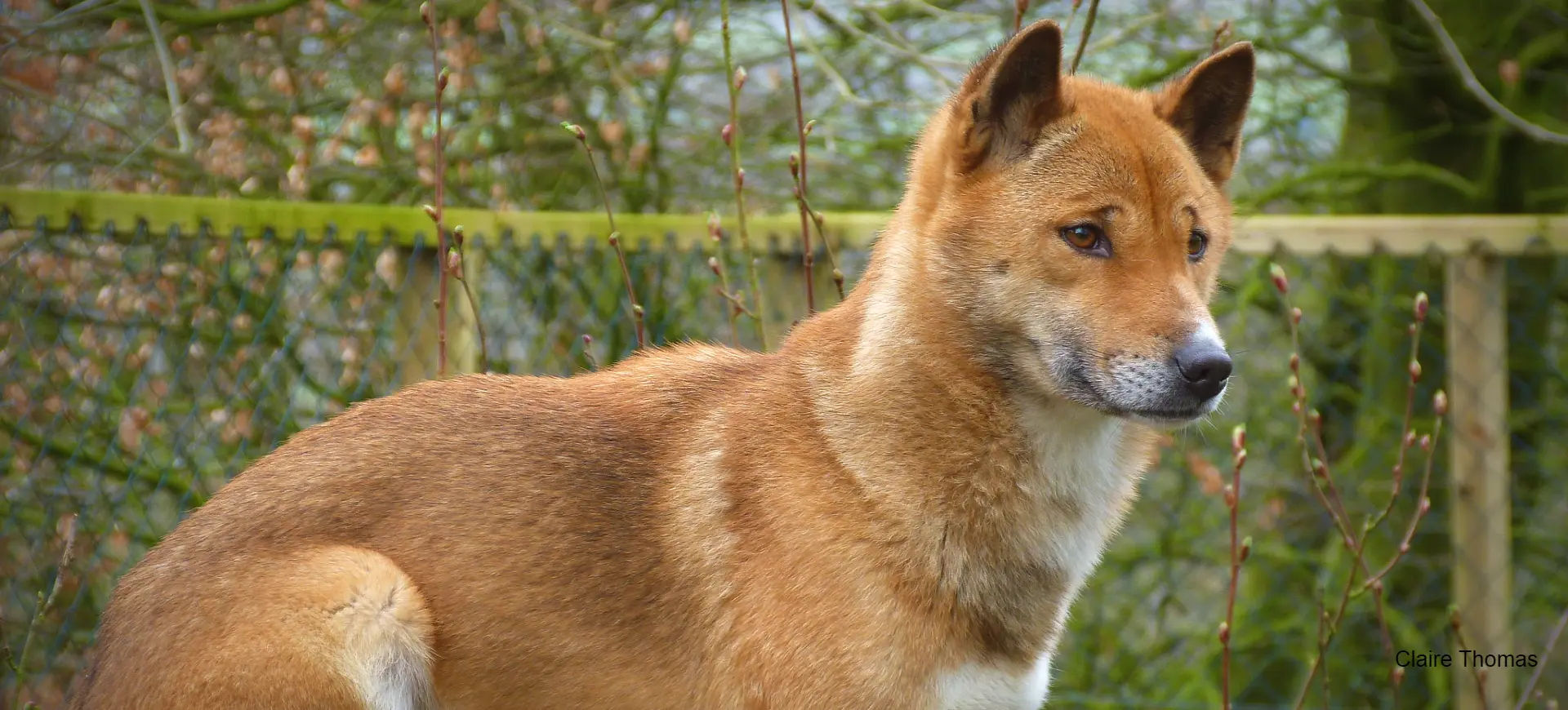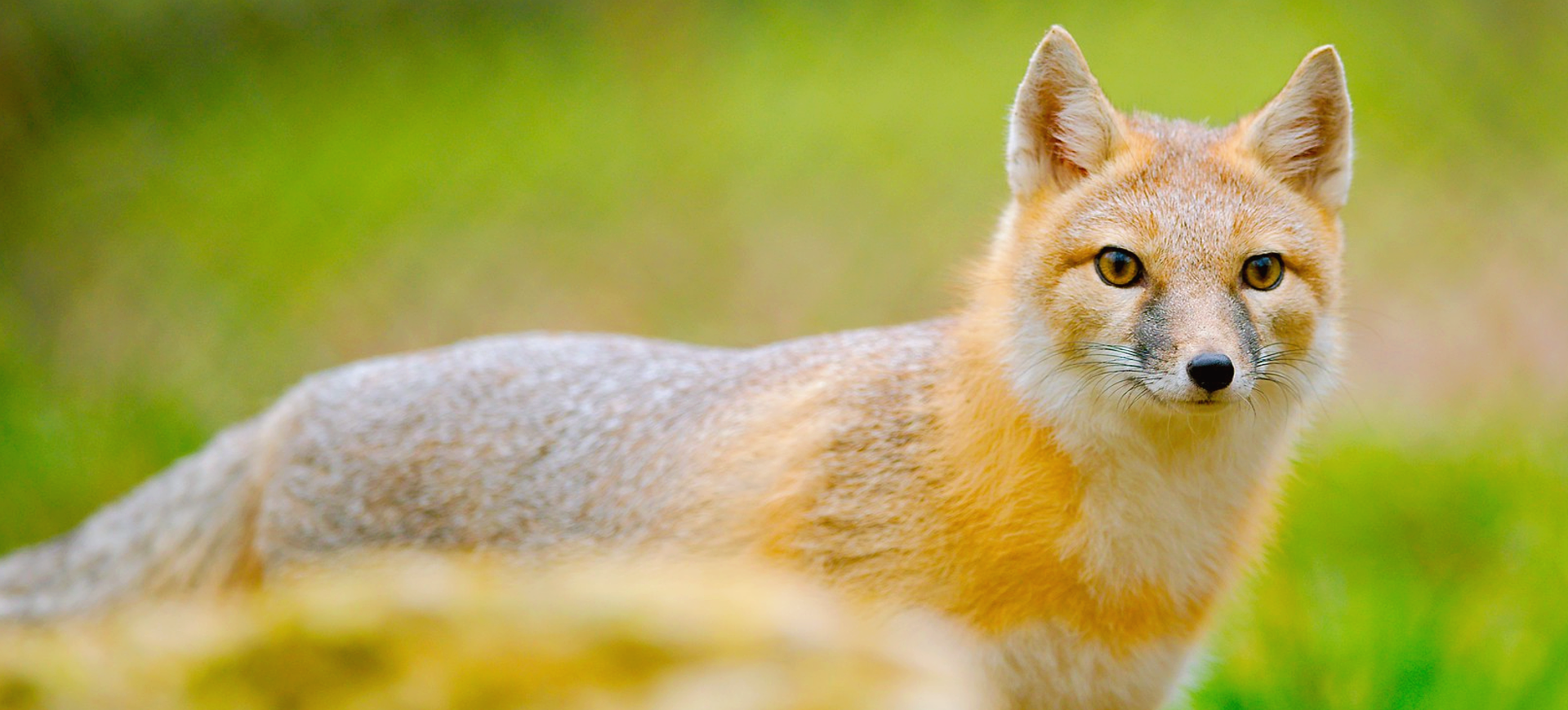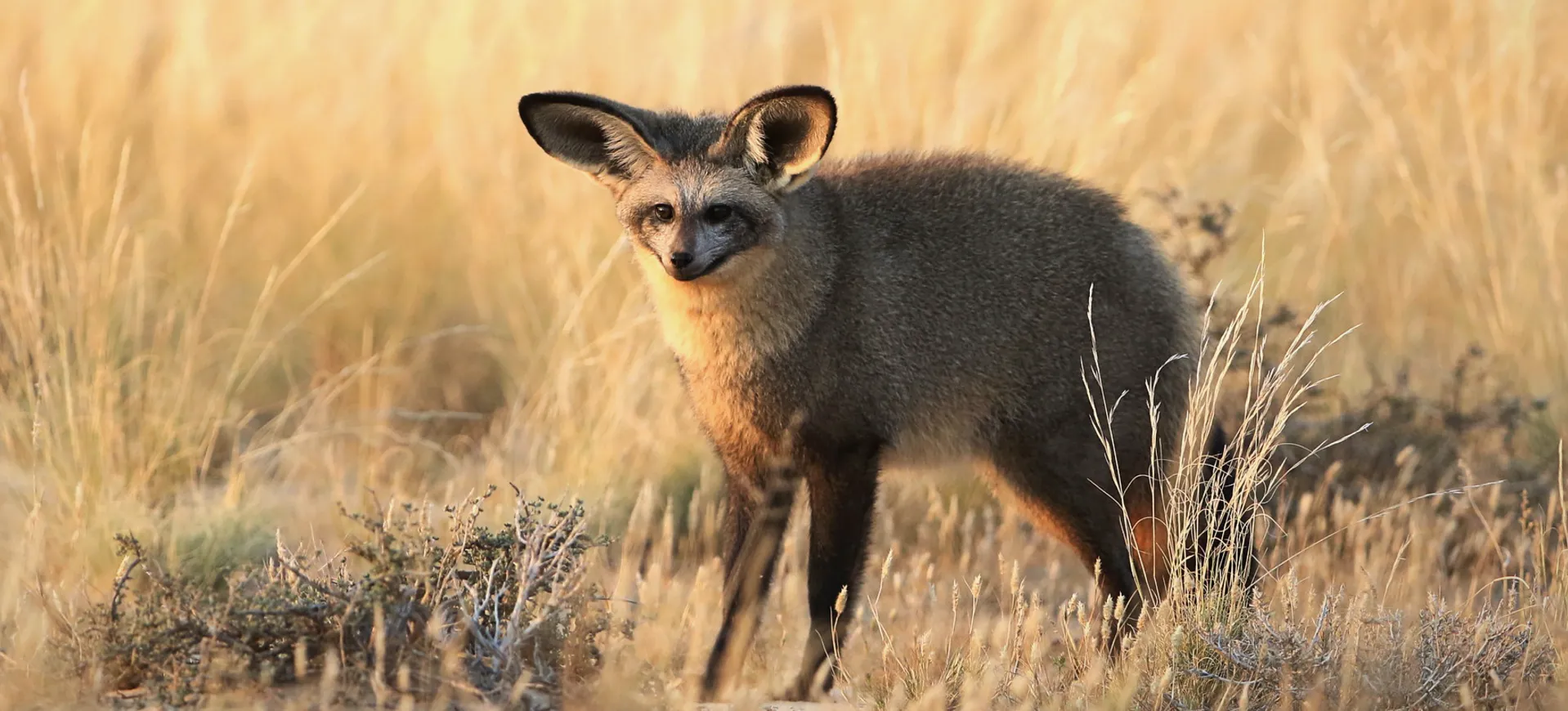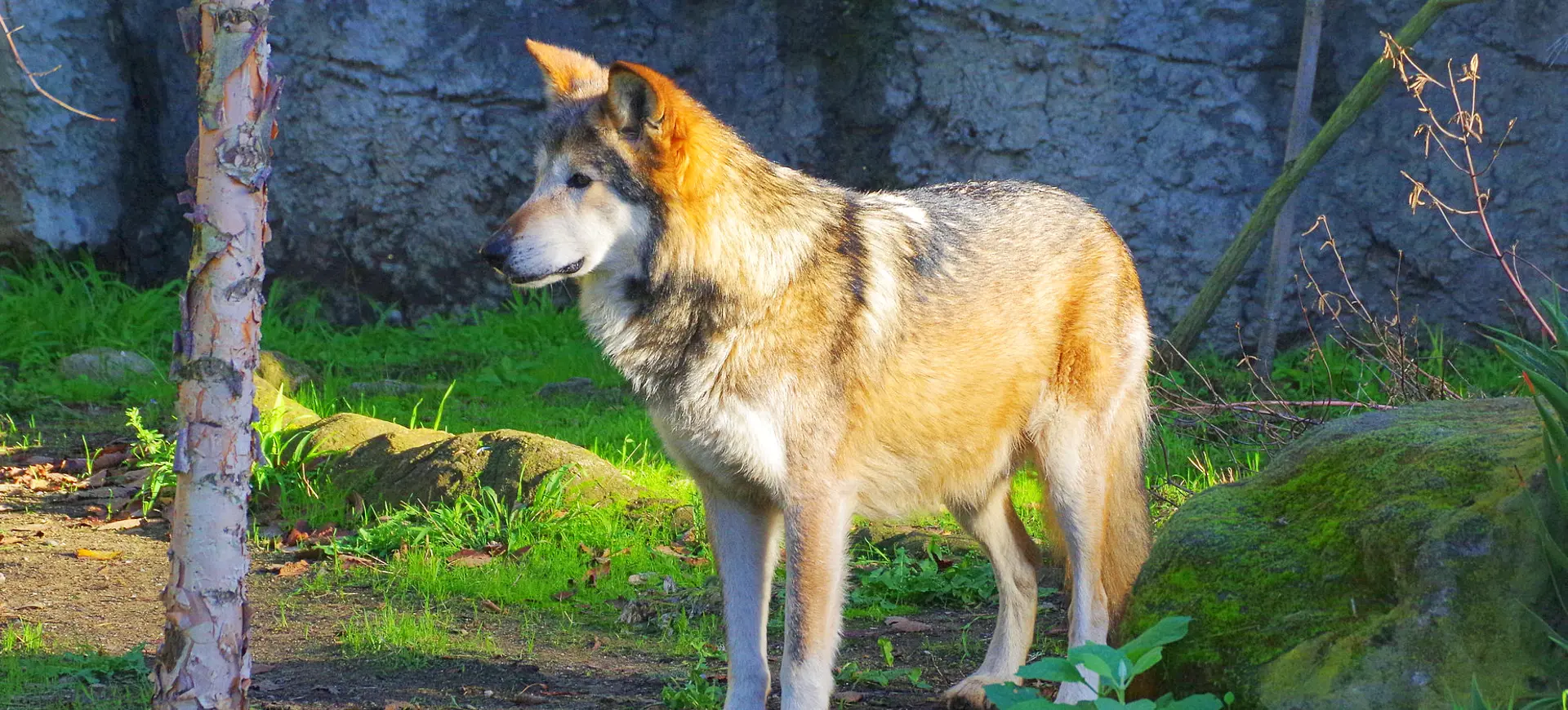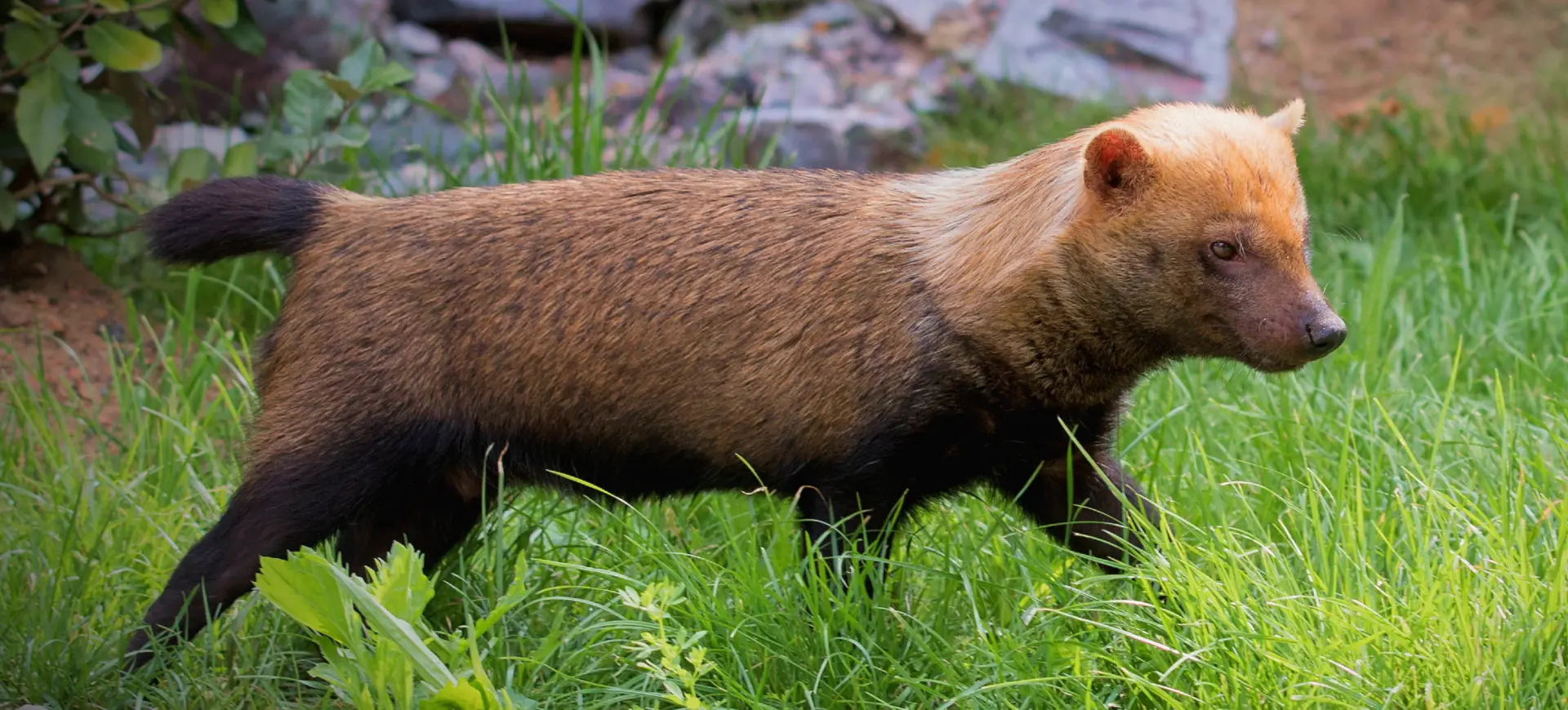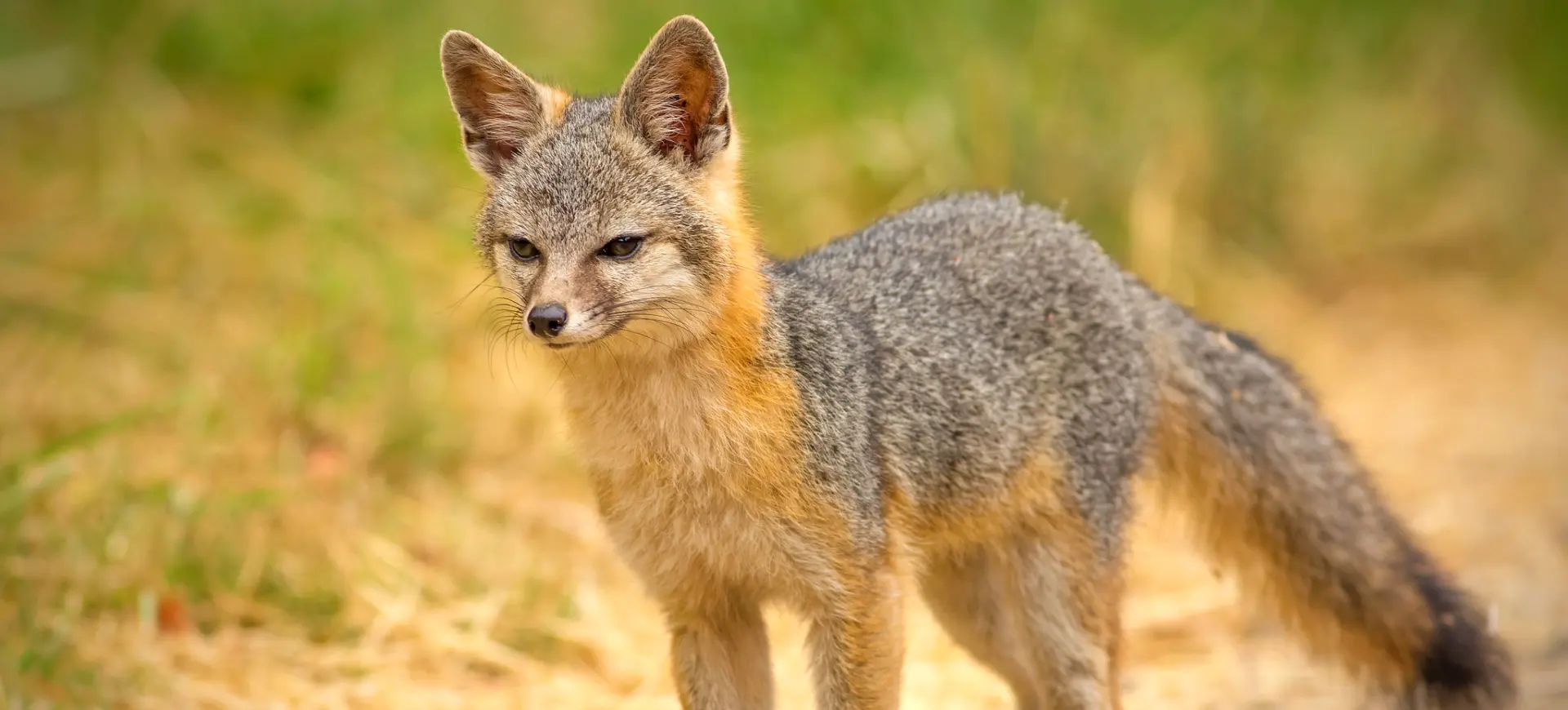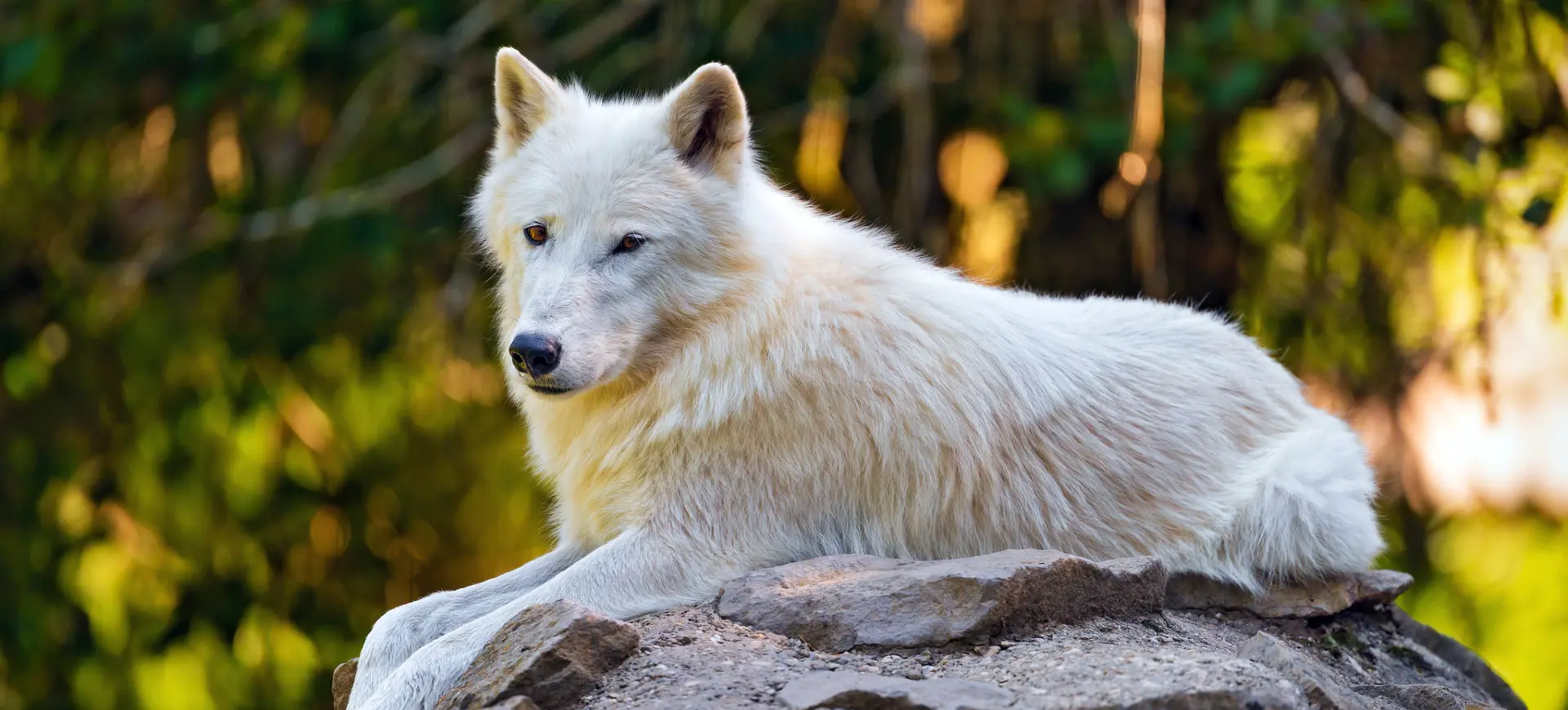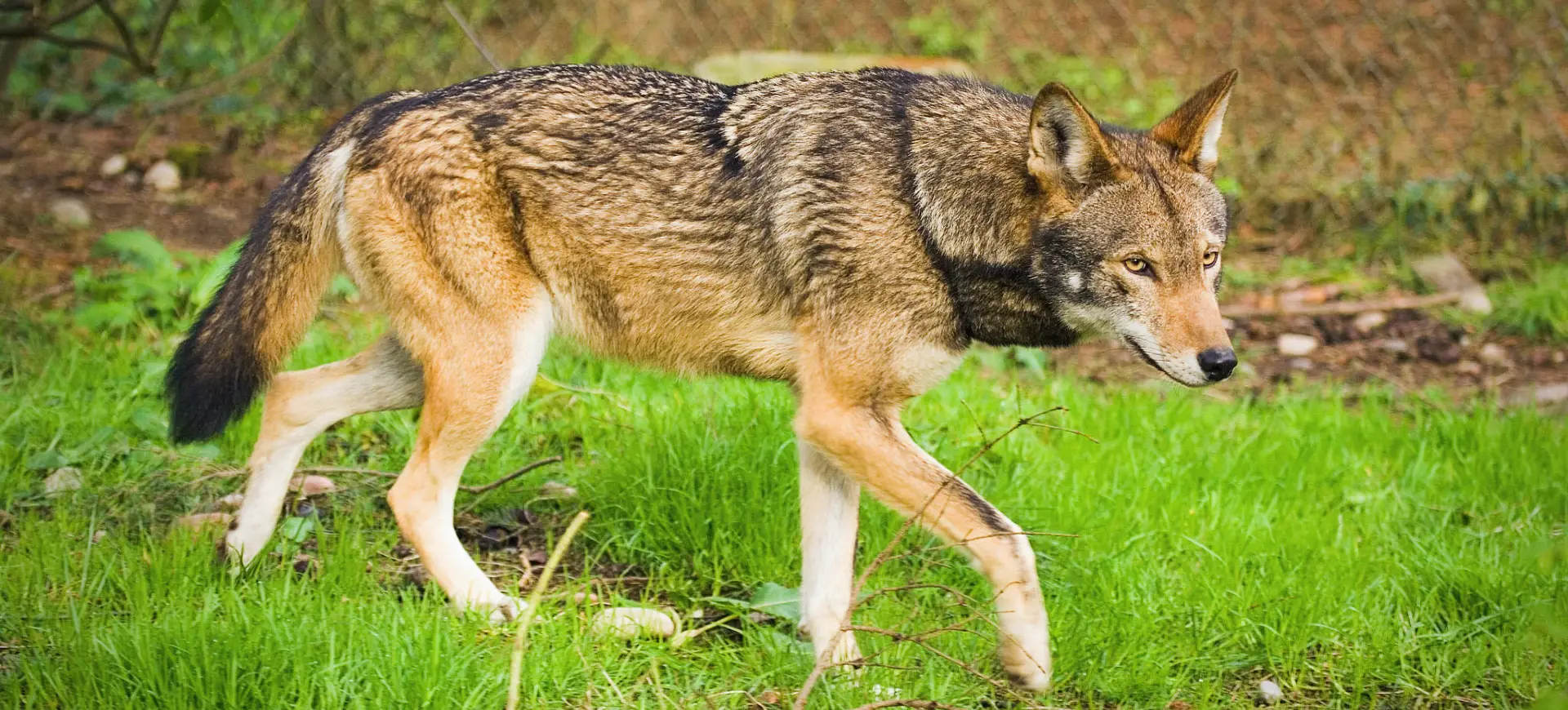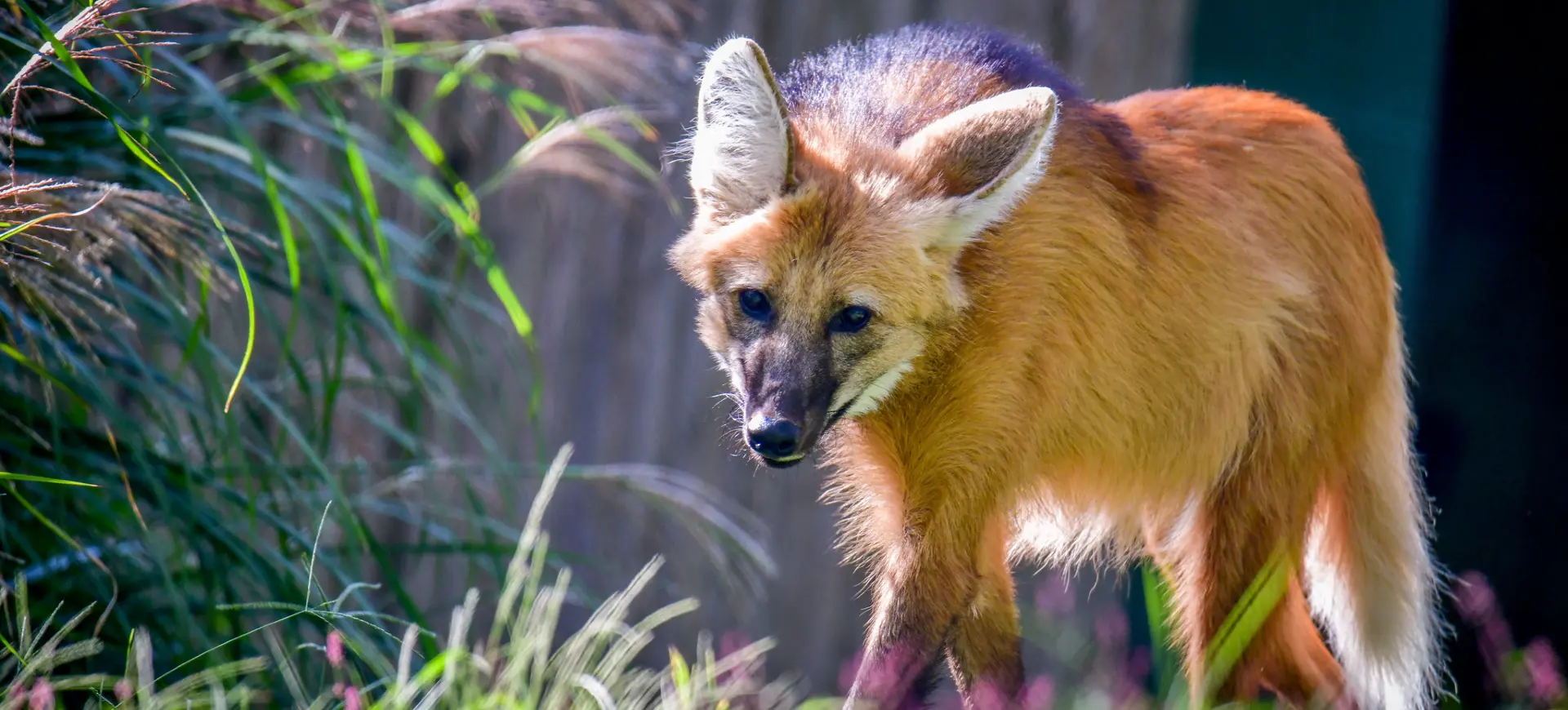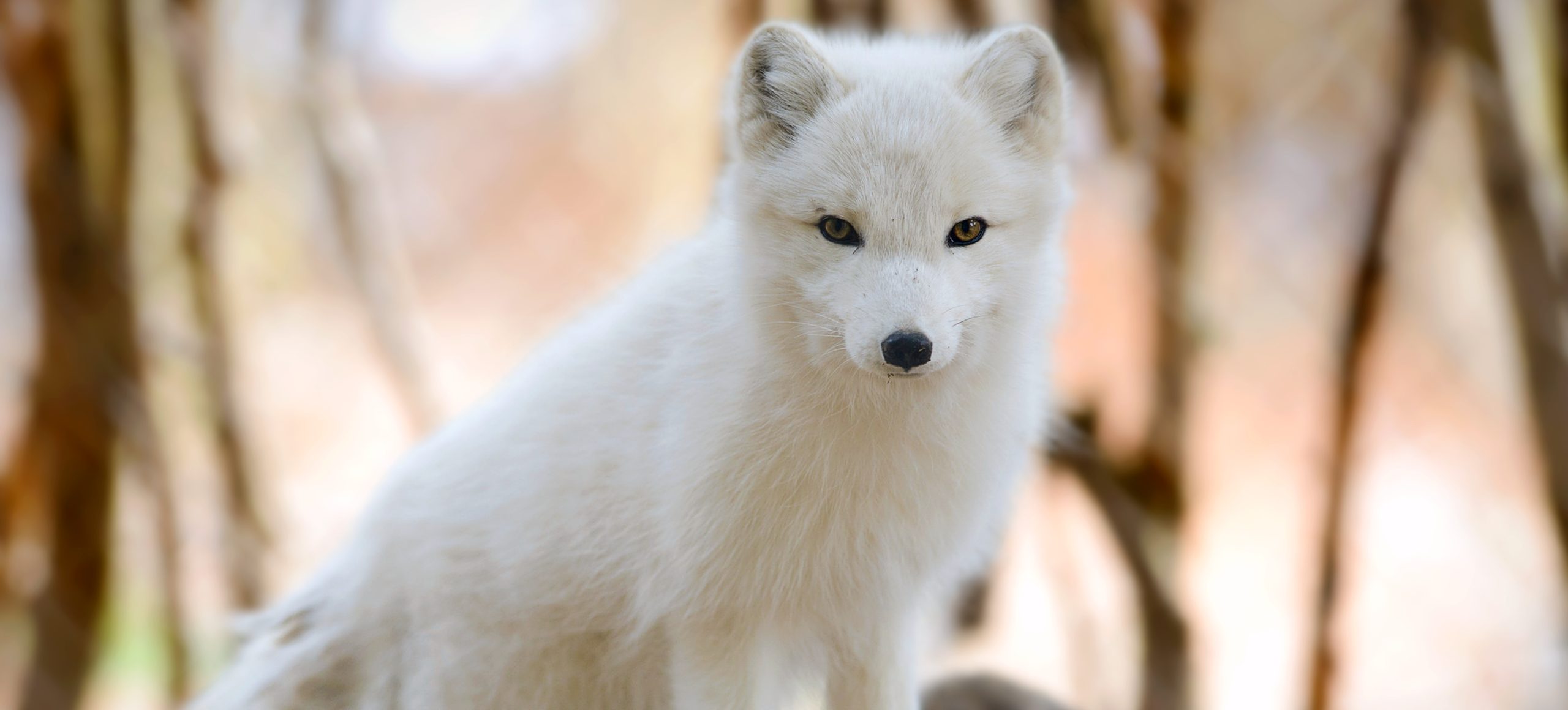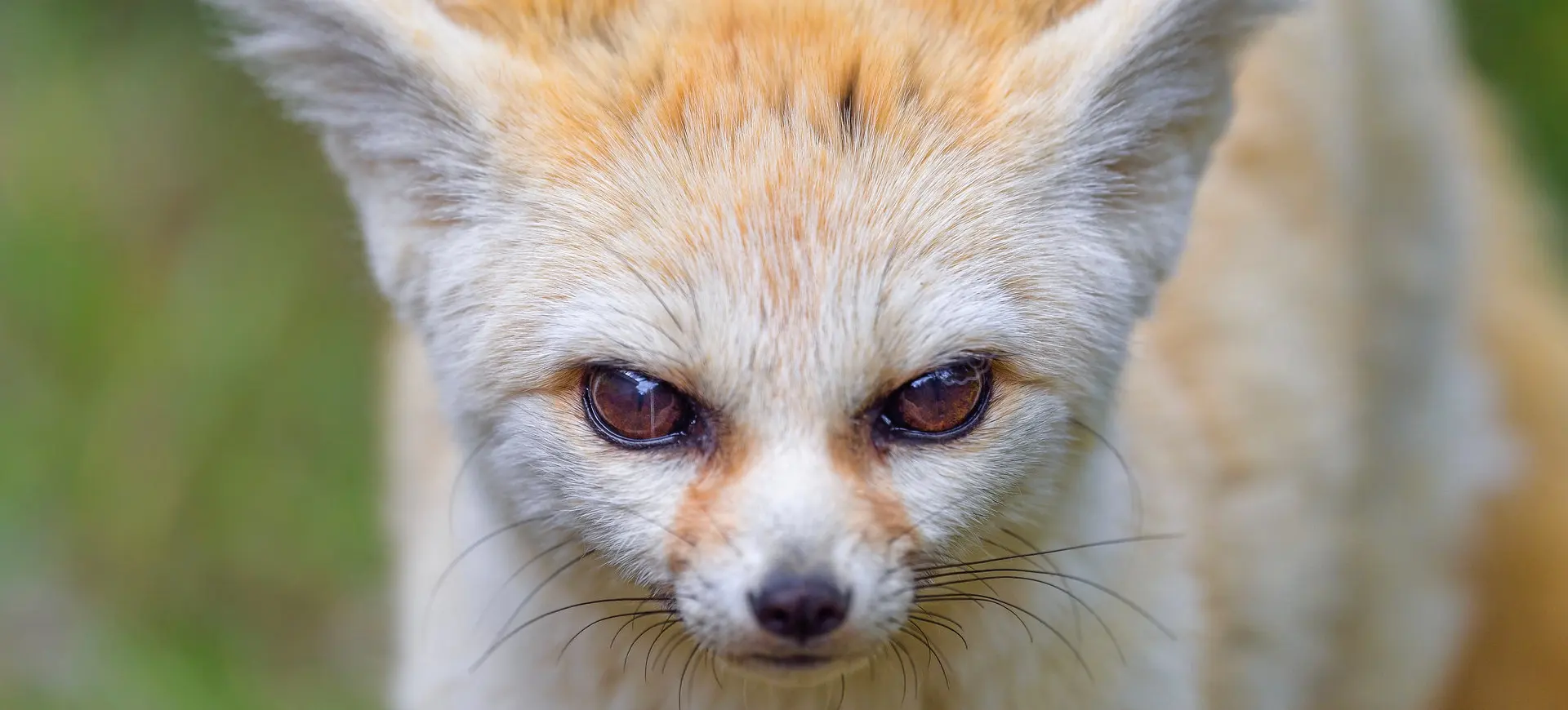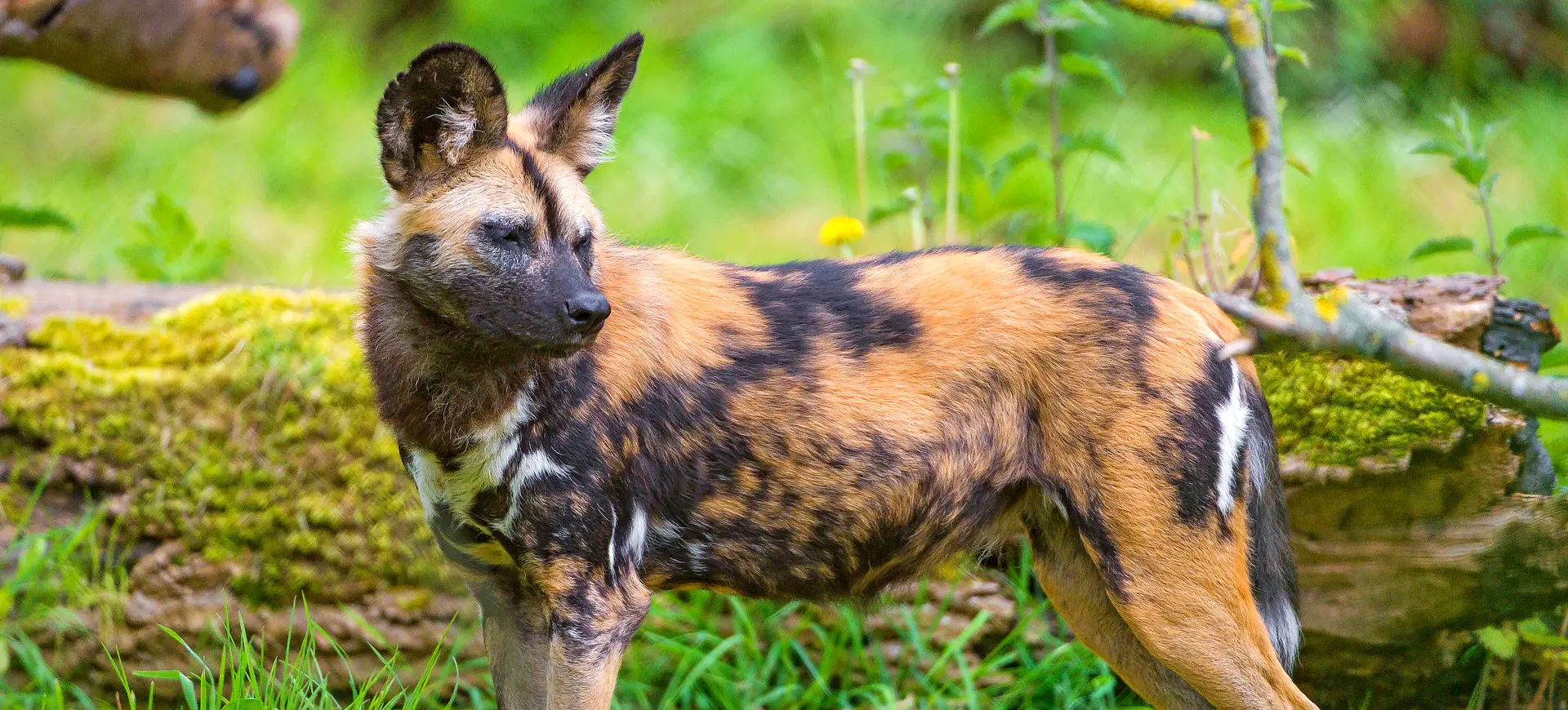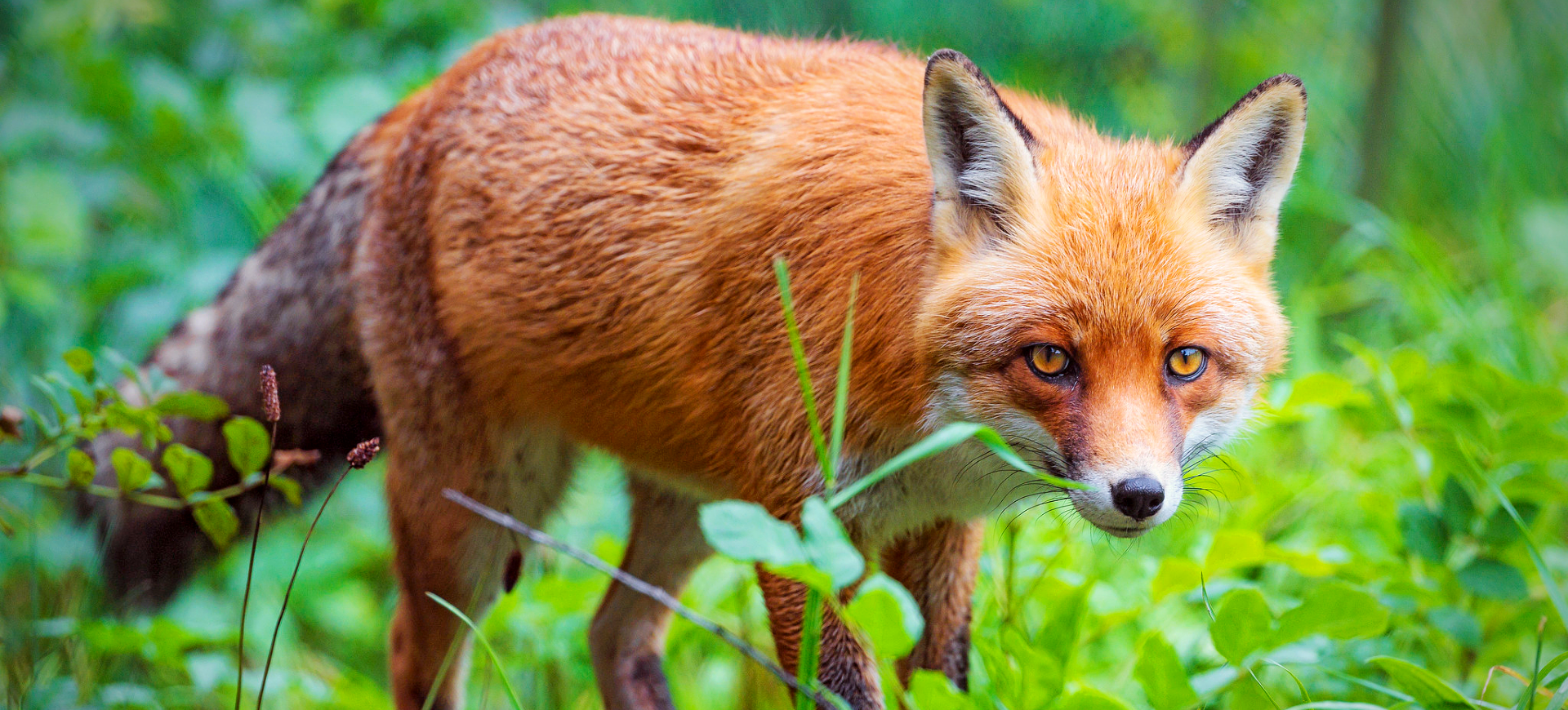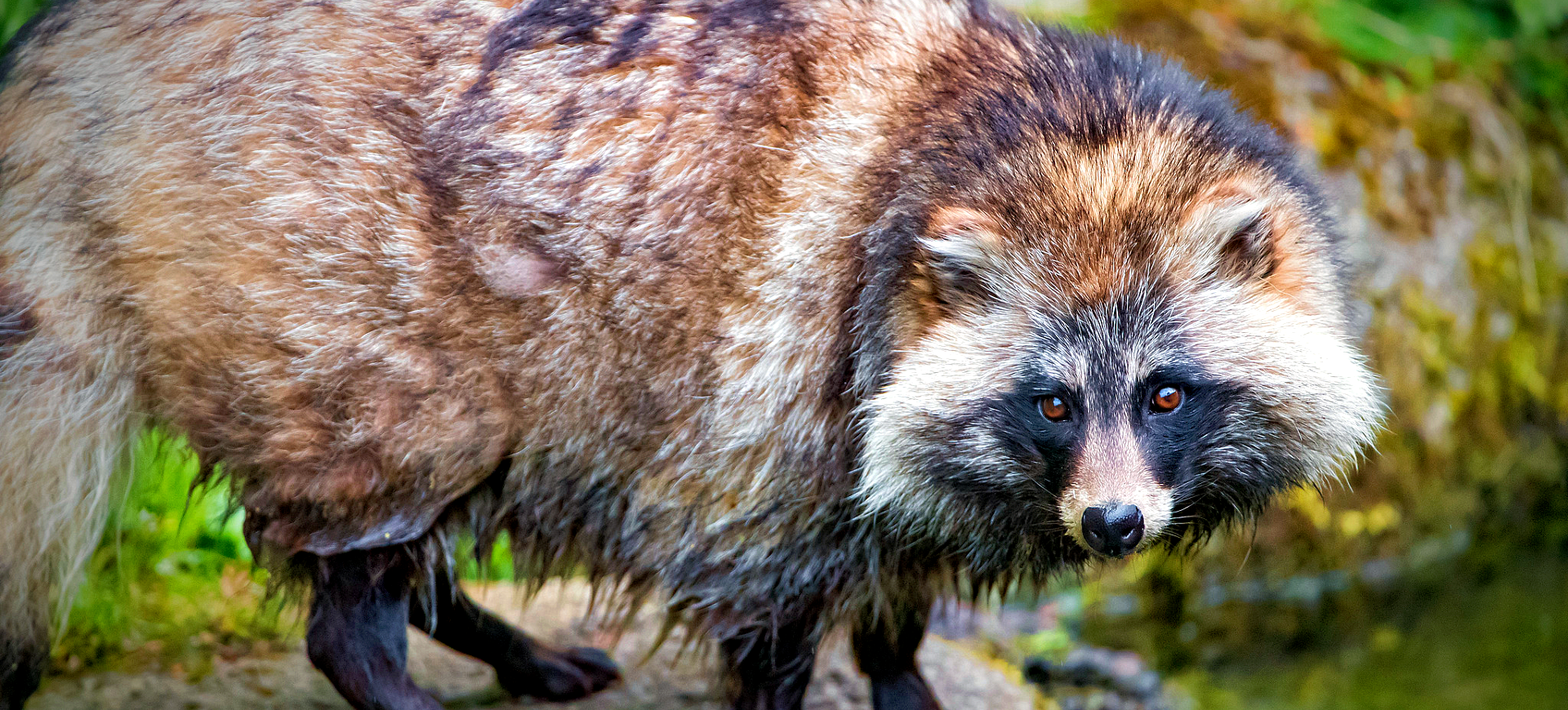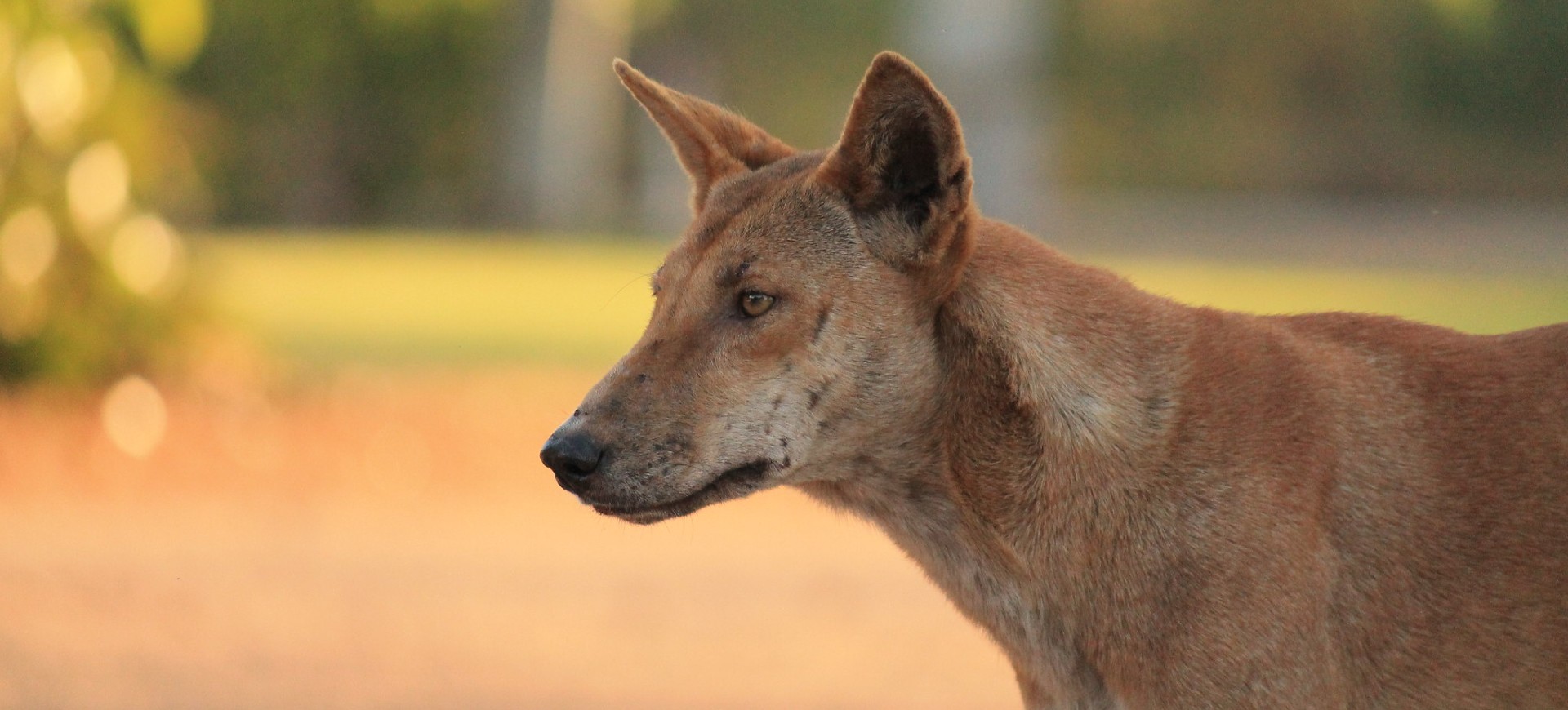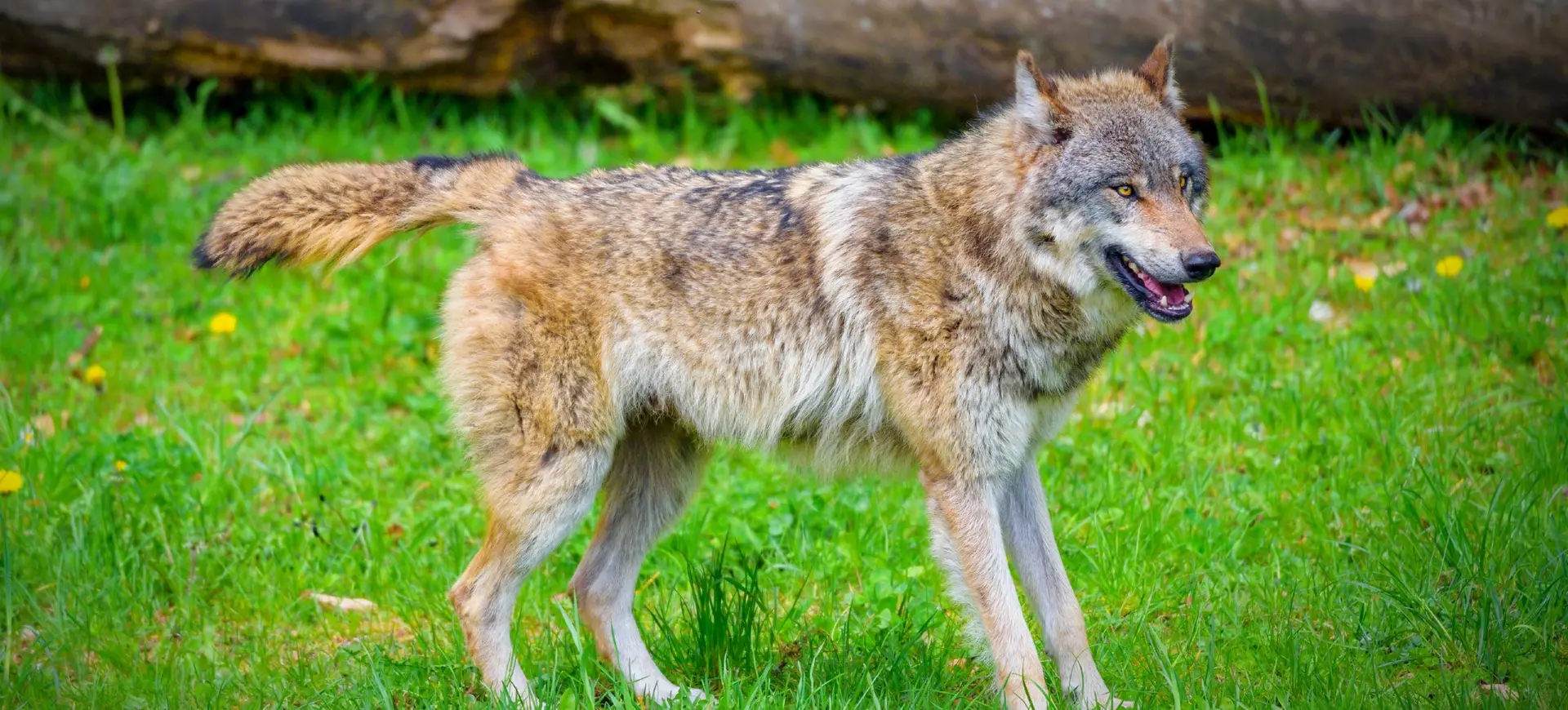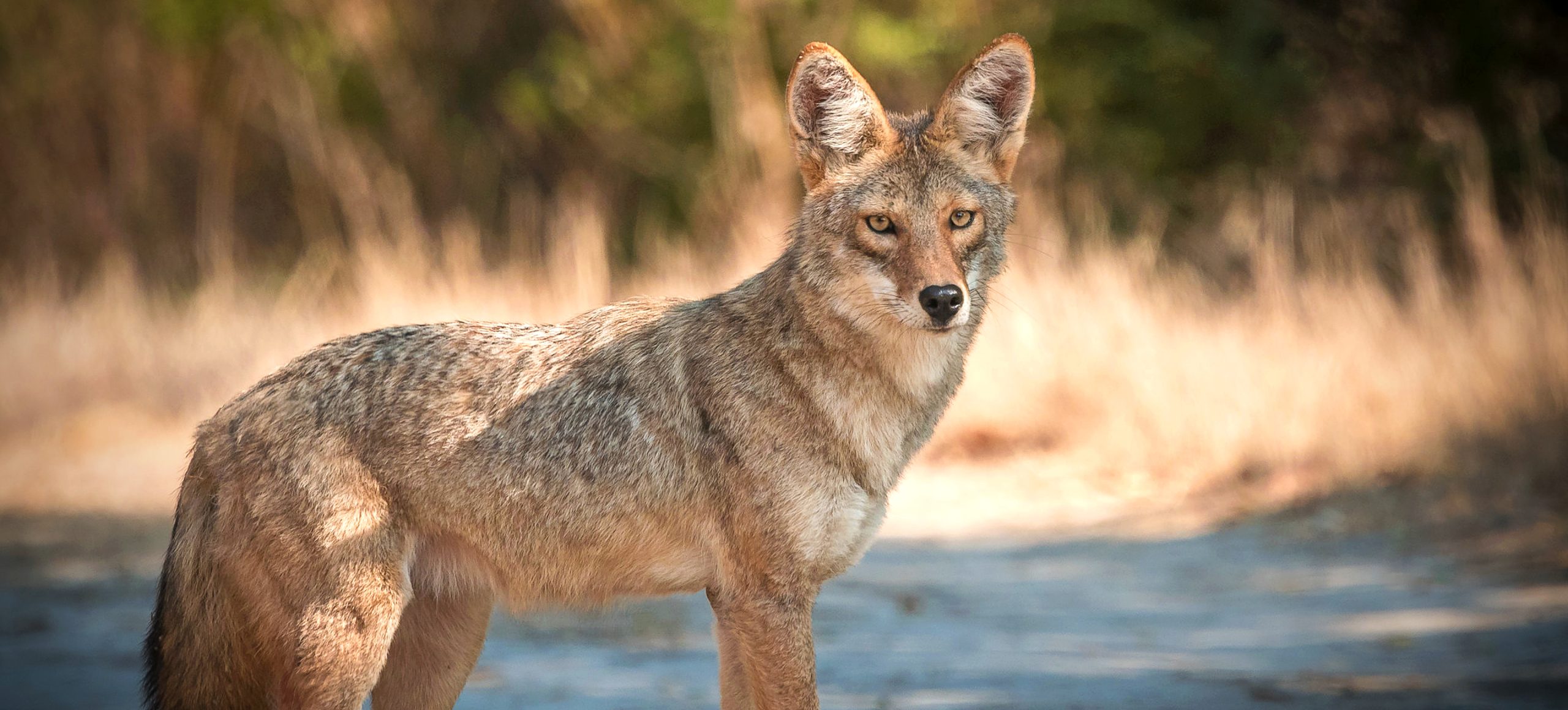Overview
The Dhole, the Asiatic or Indian wild dog, is a canid species native to South and Southeast Asia. It is a highly social animal that lives in large packs and is known for its remarkable hunting skills. The Dhole is a medium-sized dog with a reddish-brown coat and a bushy tail and is often mistaken for a fox due to its appearance.
Dholes are carnivorous predators that feed on ungulates such as deer and wild boar. They are known for their cooperative hunting strategies, often taking down prey much larger than themselves. Unlike other canids, Dholes have a unique whistling call, which they use to communicate with each other during hunts or to regroup.
The Dhole is currently listed as Endangered by the IUCN, with populations declining due to habitat loss, human-wildlife conflict, and disease. Conservation efforts are underway to protect this unique species, but challenges remain, including losing their natural prey due to hunting and habitat fragmentation.
Taxonomy
Kingdom
Phylum
Class
Order
Family
Genus
Species
Sub Species
Type
Physical Description:
The Dhole is a medium-sized canid with a lean and muscular build. It has a reddish-brown coat, which can vary in shade depending on the region. The species has a bushy tail and rounded ears, which give it a fox-like appearance. The Dhole’s eyes are almond-shaped and usually dark brown, adding to its distinctive look.
Both male and female Dholes appear similarly, although males are generally slightly larger. Adult Dholes typically weigh between 26 and 44 pounds and can reach a length of up to 48 inches, including the tail. Despite their medium size, Dholes are agile and strong, capable of running up to 45 miles per hour.

Lifespan: Wild: ~8 years || Captivity: ~15 years

Weight: Male & Female: 26–44 lbs (12–20 kg)

Length: Male & Female: 36–48 in (91–122 cm)

Height: Male & Female: 17–21 in (43–53 cm)

Top Speed: 45 mph (72 km/h)
Characteristic:
Native Habitat:
Dholes are native to South and Southeast Asia and are found in various habitats, including forests, grasslands, and alpine regions. They are highly adaptable animals that can live in different environmental conditions, from India’s tropical forests to the Himalayas’ cold mountainous regions. However, they are most commonly found in forested areas, which provide cover for hunting.
The species is highly dependent on the availability of prey and water, which makes it particularly vulnerable to habitat loss and fragmentation. Deforestation and human encroachment have led to a significant reduction in the Dhole’s natural habitat, contributing to its endangered status.
Biogeographical Realms:
Continents:
Diet:
Diet & Feeding Habits:
Dholes are carnivorous predators that feed on ungulates such as deer, wild boar, and antelope. They are known for their cooperative hunting strategies, often taking down prey much larger than themselves. Dholes are capable of running long distances to chase their prey and can also swim well, which allows them to hunt in a variety of terrains.
The species has a unique feeding hierarchy within the pack, with the young and the females eating first. This is unlike most other canid species, where the alpha male usually eats first. Dholes consume almost all parts of their prey, leaving very little waste.
Mating Behavior:
Mating Description:
Dholes are social animals that live in packs, and their mating system is generally monogamous within these social groups. The alpha pair usually leads the pack and is the primary breeding pair. After a gestation period of about 60 days, the female gives birth to a litter of 3 to 12 pups.
The pack cares for the young, including feeding and guarding the den. The pups are weaned at about 7 weeks and start participating in hunts when they are around 6 months old. Due to the cooperative nature of the pack, Dholes have a relatively high survival rate for their young, although they are still vulnerable to predation and disease.
Reproduction Season:
Birth Type:
Pregnancy Duration:
Female Name:
Male Name:
Baby Name:
Social Structure Description:
Dholes are highly social animals that live in packs, usually consisting of 5 to 12 individuals. An alpha pair, the primary breeding pair within the group, leads the pack. The pack’s social structure is complex, with each member having a specific role, such as hunting, guarding, or caring for the young.
The pack operates as a cooperative unit, particularly during hunts. This social structure allows Dholes to take down prey much larger than themselves and ensures a higher survival rate for the young. However, this also makes them vulnerable to threats like habitat loss and disease, which can disrupt the social dynamics of the pack.
Groups:
Conservation Status:
Population Trend:
The Dhole is currently classified as Endangered, with fewer than 2,500 mature individuals estimated to exist in the wild. The primary threats to the species include habitat loss, human-wildlife conflict, and disease. Despite ongoing conservation efforts, the population continues to decline, requiring urgent action to protect this unique species.
Conservation initiatives for the Dhole include habitat protection, anti-poaching measures, and public awareness campaigns. These efforts aim to halt the species’ decline and promote its recovery. However, the challenges are significant, and more needs to be done to ensure the survival of the Dhole.
Population Threats:
The primary threats to the Dhole population include habitat loss and fragmentation due to deforestation and human encroachment. Human-wildlife conflict is another significant issue, as Dholes are often persecuted for predation on livestock. The species is also at risk from diseases like canine distemper and rabies, which can be transmitted from domestic dogs.
Additional threats include the depletion of their natural prey due to hunting and habitat loss. The Dhole’s social structure and cooperative hunting strategies make it particularly vulnerable to these threats, as any disruption can significantly impact the pack’s ability to hunt and survive.
Conservation Efforts:
The Dhole’s conservation efforts focus on habitat protection and reducing human-wildlife conflict. Anti-poaching measures are in place in several countries, and efforts are being made to create wildlife corridors to connect fragmented habitats. Public awareness campaigns aim to educate local communities about the importance of the Dhole and the need for its conservation.
Despite these initiatives, the Dhole remains one of the most endangered canid species in the world. International cooperation and concerted efforts between governments, NGOs, and local communities are essential for the conservation of the Dhole. Research is ongoing to better understand the species’ ecology and behavior, which will inform future conservation strategies.
Additional Resources:
Fun Facts
- Dholes have a unique whistling call, which they use for communication.
- They are one of the few canid species allowing young and females to eat first.
- Dholes are excellent swimmers and can cross rivers and lakes while hunting.
- They have a high metabolic rate, requiring frequent meals.
- The species can run at speeds of up to 45 mph.
- Dholes are known to climb trees, a rare ability among canids.
- They have a complex social structure, with each pack member having a specific role.
- Dholes are one of the most endangered canid species in the world.
- They are known for their cooperative hunting strategies.
- Dholes can take down prey much larger than themselves despite their medium size.








